Home>Technology>Smart Home Devices>How Many Devices Can Be Connected To Wi-Fi Router
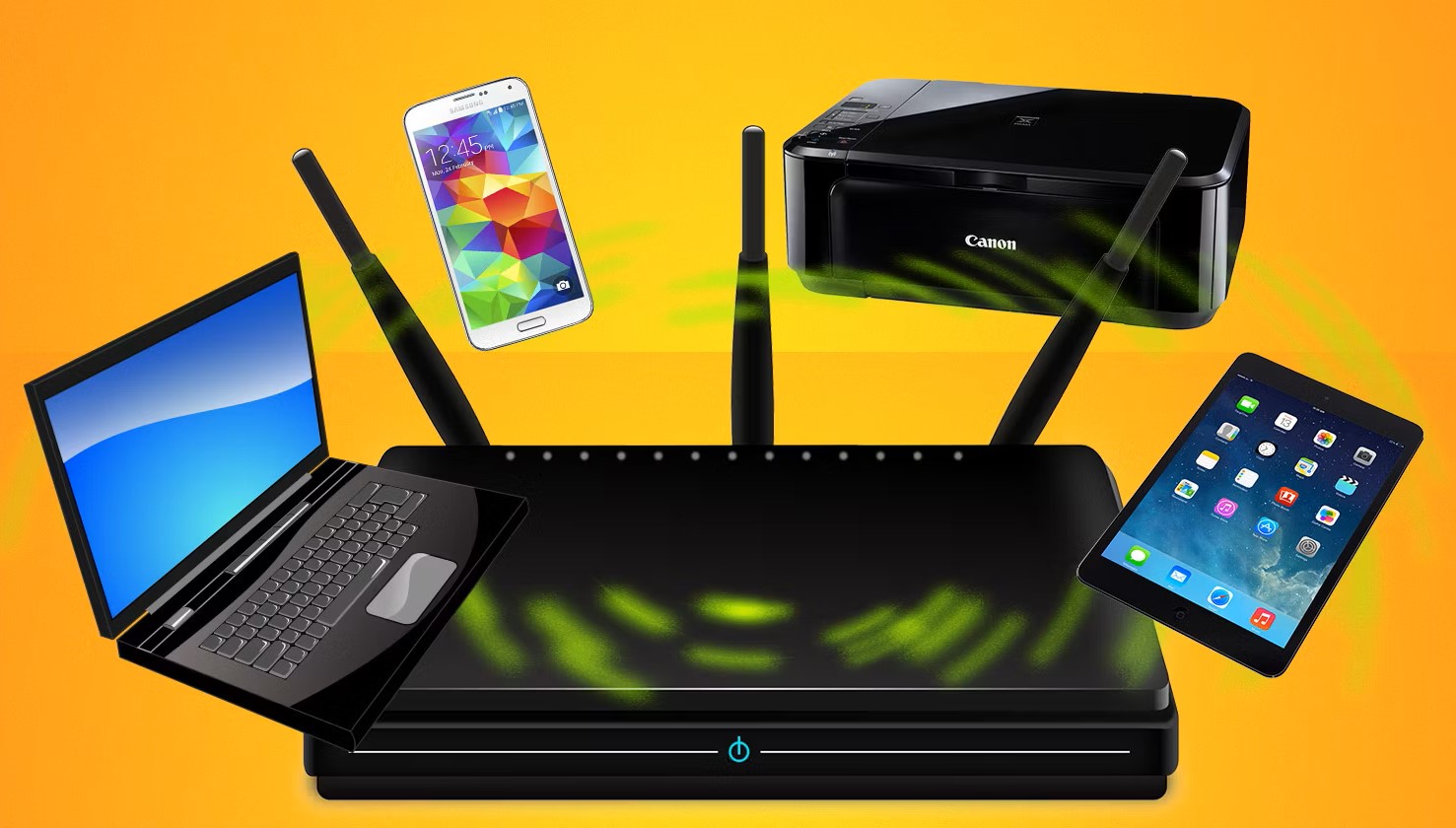

Smart Home Devices
How Many Devices Can Be Connected To Wi-Fi Router
Modified: January 4, 2024
Learn how to connect multiple smart home devices to your Wi-Fi router and optimize your network for seamless performance. Discover the best practices for managing connectivity and improving your smart home experience.
(Many of the links in this article redirect to a specific reviewed product. Your purchase of these products through affiliate links helps to generate commission for Storables.com, at no extra cost. Learn more)
**
Introduction
**
In the ever-evolving landscape of smart home technology, the proliferation of Wi-Fi-connected devices has become ubiquitous. From smartphones and laptops to smart TVs, thermostats, security cameras, and even kitchen appliances, the demand for connectivity has surged. As a result, the question of how many devices can be connected to a Wi-Fi router is a common concern for both tech enthusiasts and everyday consumers.
In this article, we will delve into the intricacies of Wi-Fi router limitations, explore the factors that influence the number of devices that can be effectively connected, and provide practical tips for optimizing a Wi-Fi network to accommodate multiple devices seamlessly. Whether you are a homeowner looking to enhance your smart home ecosystem or a business owner seeking to bolster your network infrastructure, understanding the nuances of Wi-Fi connectivity is paramount.
Join us as we navigate the realm of Wi-Fi connectivity, unraveling the complexities and offering actionable insights to empower you in maximizing the potential of your network. Let's embark on this journey to demystify the world of Wi-Fi router capabilities and unleash the full potential of your connected lifestyle.
**
Key Takeaways:
- Wi-Fi routers have limits on how many devices they can handle, based on their hardware and the Wi-Fi standard they support. Factors like network traffic and physical environment also affect device capacity.
- To optimize a Wi-Fi network for multiple devices, consider upgrading to a high-performance router, using mesh Wi-Fi systems, optimizing channel selection, prioritizing network traffic, and employing range extenders. Regular firmware updates and optimal device placement also play crucial roles.
Read more: How To See Connected Devices On Wi-Fi Router
Understanding Wi-Fi Router Limitations
**
While Wi-Fi routers have revolutionized the way we connect and communicate, it is essential to recognize that they have inherent limitations when it comes to accommodating multiple devices. These limitations stem from the technical specifications and capabilities of the router, as well as the environmental factors that can impact its performance.
One of the primary limitations of a Wi-Fi router is its maximum capacity to handle concurrent connections. This capacity is determined by the router’s hardware, including its processor, memory, and antenna configuration. Routers designed for residential use typically support a lower number of concurrent connections compared to enterprise-grade routers.
Additionally, the Wi-Fi standard supported by the router plays a crucial role in determining its limitations. Older routers that adhere to the 802.11n standard may have lower capacity and slower speeds compared to newer 802.11ac or 802.11ax (Wi-Fi 6) routers. The Wi-Fi standard not only influences the maximum number of supported devices but also impacts the overall network performance and range.
Furthermore, the physical layout of the space in which the router is deployed can introduce limitations. Large or multi-story homes and office buildings may experience signal degradation and reduced coverage areas, which can impact the router’s ability to effectively serve a high number of devices simultaneously. Interference from neighboring Wi-Fi networks, electronic appliances, and structural elements can also contribute to limitations in connectivity.
Understanding these limitations is crucial for effectively managing expectations and making informed decisions when it comes to expanding a network’s device capacity. By acknowledging the constraints imposed by the router’s hardware, Wi-Fi standard, and environmental factors, individuals and businesses can take proactive measures to optimize their network for a seamless and robust connectivity experience.
**
Factors Affecting the Number of Devices
**
Several key factors influence the number of devices that can be effectively connected to a Wi-Fi router. Understanding these factors is essential for optimizing network performance and ensuring a reliable and stable connectivity experience for all connected devices.
1. Router Specifications: The specifications of the Wi-Fi router, including its processing power, memory, and antenna configuration, play a significant role in determining the maximum number of supported devices. Higher-end routers designed for business and enterprise use often boast superior hardware capabilities, allowing them to handle a larger volume of concurrent connections compared to consumer-grade routers.
2. Wi-Fi Standard: The Wi-Fi standard supported by the router directly impacts its capacity to accommodate multiple devices. Newer standards, such as 802.11ac and 802.11ax (Wi-Fi 6), offer improved efficiency and support for a greater number of devices compared to older standards like 802.11n. Upgrading to a router that supports the latest Wi-Fi standard can enhance the device capacity of the network.
3. Network Traffic: The volume of network traffic generated by connected devices can impact the router’s ability to effectively manage additional connections. High-bandwidth activities such as video streaming, online gaming, and large file downloads can strain the router’s resources, potentially limiting the number of devices it can support concurrently.
4. Channel Congestion: In densely populated areas or environments with numerous Wi-Fi networks in close proximity, channel congestion can occur. This congestion can impede the router’s ability to serve a large number of devices, leading to decreased performance and connectivity issues. Mitigating channel congestion through proper channel selection and interference management is crucial for optimizing device capacity.
5. Physical Environment: The physical layout of the space in which the router is deployed influences its coverage area and signal propagation. Large homes, buildings with multiple floors, and areas with architectural barriers can pose challenges in maintaining consistent connectivity for a high volume of devices. Employing range extenders, mesh Wi-Fi systems, or strategically positioning the router can address these environmental limitations.
By considering these factors and their collective impact on the router’s capacity to accommodate devices, individuals and businesses can make informed decisions regarding network expansion and optimization. Proactively addressing these factors can lead to a robust and scalable Wi-Fi network capable of supporting a multitude of connected devices with ease.
**
Most home Wi-Fi routers can typically support around 20-30 devices connected at the same time. However, the actual number can vary depending on the router’s specifications and the internet activity of each device.
Tips for Optimizing Wi-Fi Network for Multiple Devices
**
Optimizing a Wi-Fi network to effectively support multiple devices involves a combination of strategic configuration, hardware enhancements, and environmental considerations. By implementing the following tips, individuals and businesses can enhance the capacity and performance of their Wi-Fi networks, ensuring seamless connectivity for a diverse array of connected devices.
1. Upgrade to a High-Performance Router: Investing in a high-performance router designed to handle a larger number of concurrent connections can significantly improve the network’s device capacity. Routers equipped with advanced processors, ample memory, and support for the latest Wi-Fi standards offer superior performance and scalability.
2. Utilize Mesh Wi-Fi Systems: Deploying a mesh Wi-Fi system can extend coverage and enhance the network’s ability to accommodate multiple devices across a broader area. Mesh systems utilize multiple access points to create a unified and expansive Wi-Fi coverage, reducing the strain on a single router and improving overall device capacity.
3. Optimize Channel Selection: Mitigating channel congestion by selecting the least congested Wi-Fi channels can enhance the network’s ability to serve a higher volume of devices. Leveraging tools and features provided by modern routers to identify and switch to less crowded channels can alleviate interference and improve connectivity.
4. Prioritize Network Traffic: Utilizing Quality of Service (QoS) settings on the router to prioritize network traffic based on device or application requirements can ensure that critical activities receive sufficient bandwidth. This can prevent bandwidth-intensive tasks from monopolizing resources and impeding the connectivity of other devices.
5. Employ Range Extenders or Access Points: Extending the reach of the Wi-Fi network through the strategic placement of range extenders or additional access points can alleviate coverage limitations in larger spaces, enhancing the network’s capacity to serve numerous devices across expansive areas.
6. Regular Firmware Updates: Keeping the router’s firmware up to date is essential for ensuring optimal performance and security. Firmware updates often include enhancements that improve device capacity, address connectivity issues, and introduce new features that contribute to a more robust network.
7. Optimal Device Placement: Positioning the router in a central location within the premises and elevating it to an elevated position can improve signal propagation and coverage, benefiting all connected devices. Additionally, minimizing physical obstructions and electronic interference near the router can optimize its performance.
By implementing these tips, individuals and businesses can proactively enhance their Wi-Fi networks to accommodate a multitude of devices without compromising performance or reliability. Embracing a holistic approach to network optimization can unlock the full potential of a connected ecosystem, empowering users to seamlessly integrate an extensive array of smart devices into their daily lives.
**
Conclusion
**
As the prevalence of smart home devices continues to surge, the ability of Wi-Fi routers to accommodate multiple connected devices has become a paramount consideration for homeowners, businesses, and technology enthusiasts alike. Understanding the limitations, factors, and optimization strategies associated with Wi-Fi network capacity is essential for fostering a seamless and robust connectivity experience.
By comprehending the inherent limitations of Wi-Fi routers, including hardware constraints, Wi-Fi standards, and environmental influences, individuals and organizations can make informed decisions regarding network expansion and enhancement. Embracing high-performance routers, mesh Wi-Fi systems, strategic channel selection, and effective traffic prioritization enables users to optimize their networks for accommodating a diverse array of connected devices.
Moreover, the proactive deployment of range extenders, access points, and firmware updates, coupled with optimal device placement, contributes to a holistic approach to network optimization. These measures collectively bolster the network’s capacity to serve multiple devices with ease, ensuring reliable connectivity and superior performance across various usage scenarios.
As the digital landscape continues to evolve, the demand for robust, scalable, and high-capacity Wi-Fi networks will persist. By embracing the insights and strategies outlined in this article, individuals and businesses can embark on a journey to unleash the full potential of their connected ecosystems, seamlessly integrating an extensive array of smart devices into their daily lives.
In conclusion, the quest to maximize the device capacity of Wi-Fi routers is a dynamic and evolving endeavor, driven by technological advancements and a growing reliance on interconnected devices. By leveraging a comprehensive understanding of Wi-Fi network limitations, influential factors, and optimization techniques, users can forge ahead with confidence, empowered to create resilient, high-capacity networks capable of meeting the demands of the modern connected lifestyle.
Frequently Asked Questions about How Many Devices Can Be Connected To Wi-Fi Router
Was this page helpful?
At Storables.com, we guarantee accurate and reliable information. Our content, validated by Expert Board Contributors, is crafted following stringent Editorial Policies. We're committed to providing you with well-researched, expert-backed insights for all your informational needs.
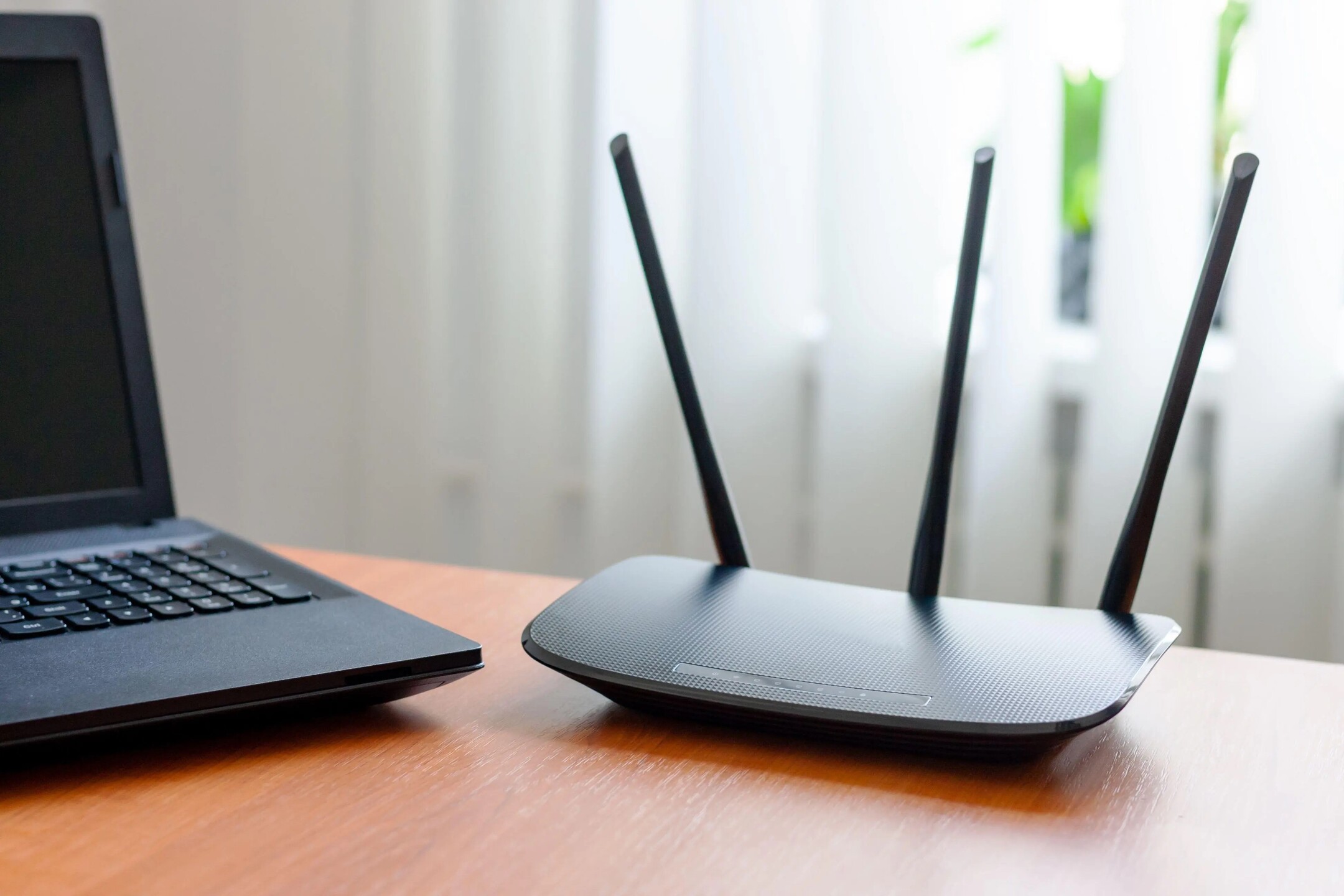
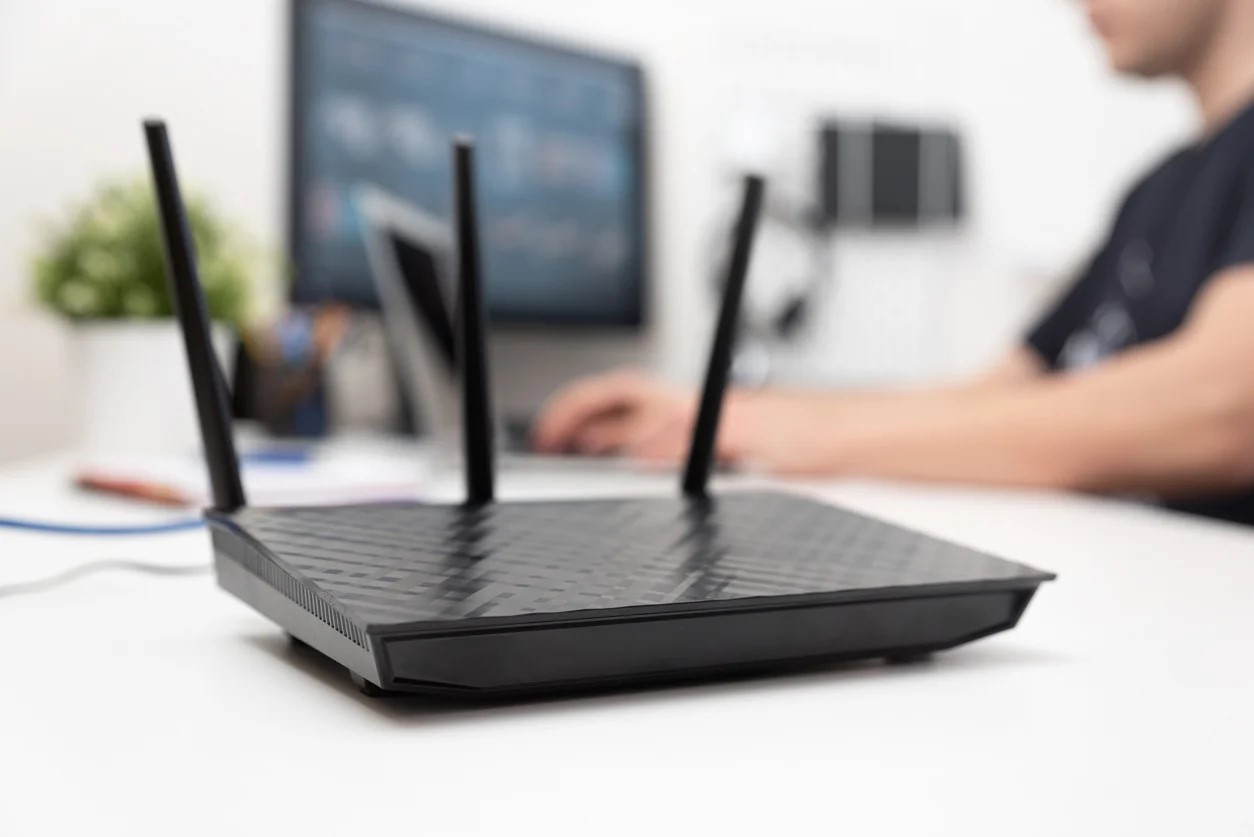
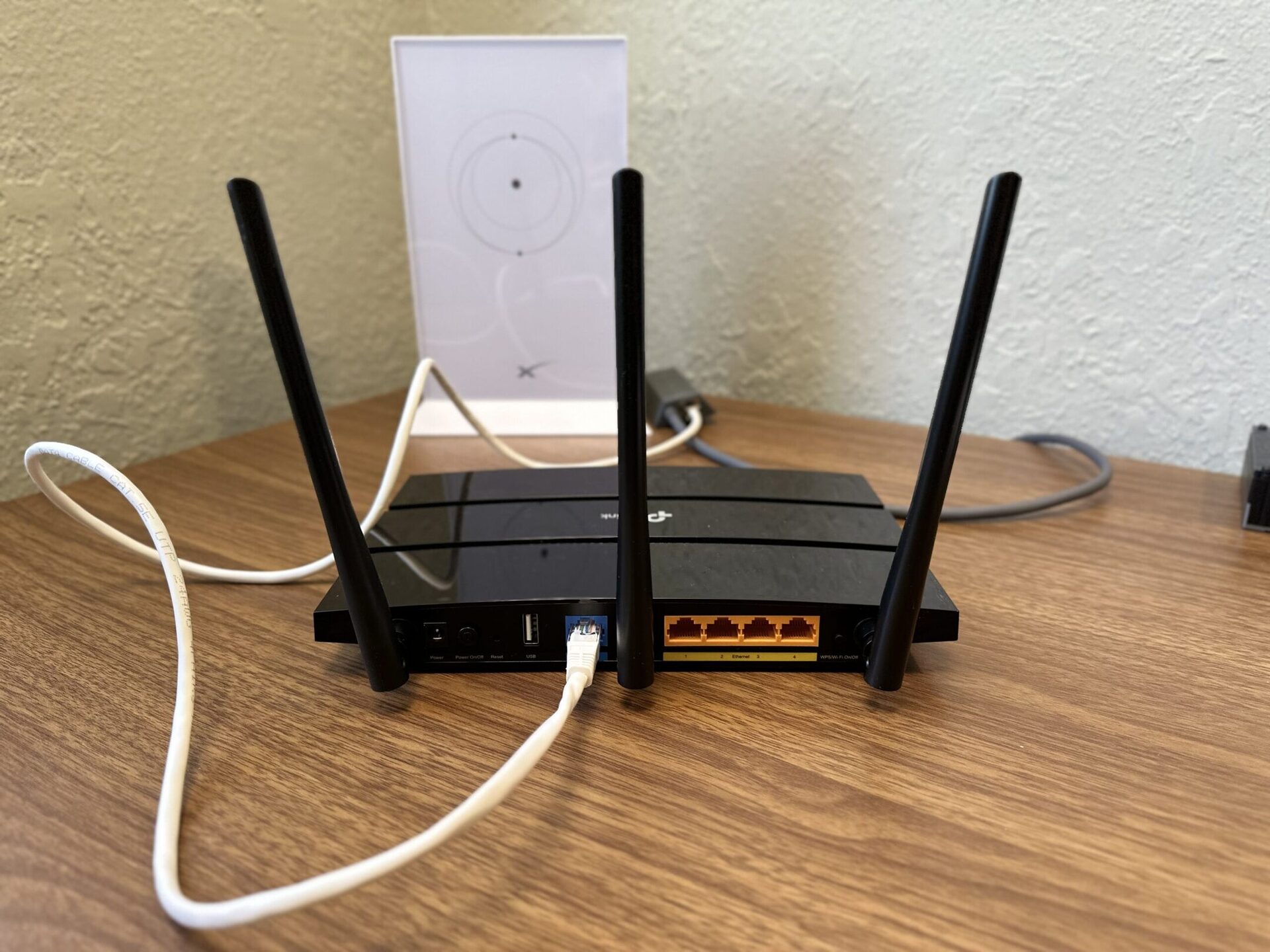
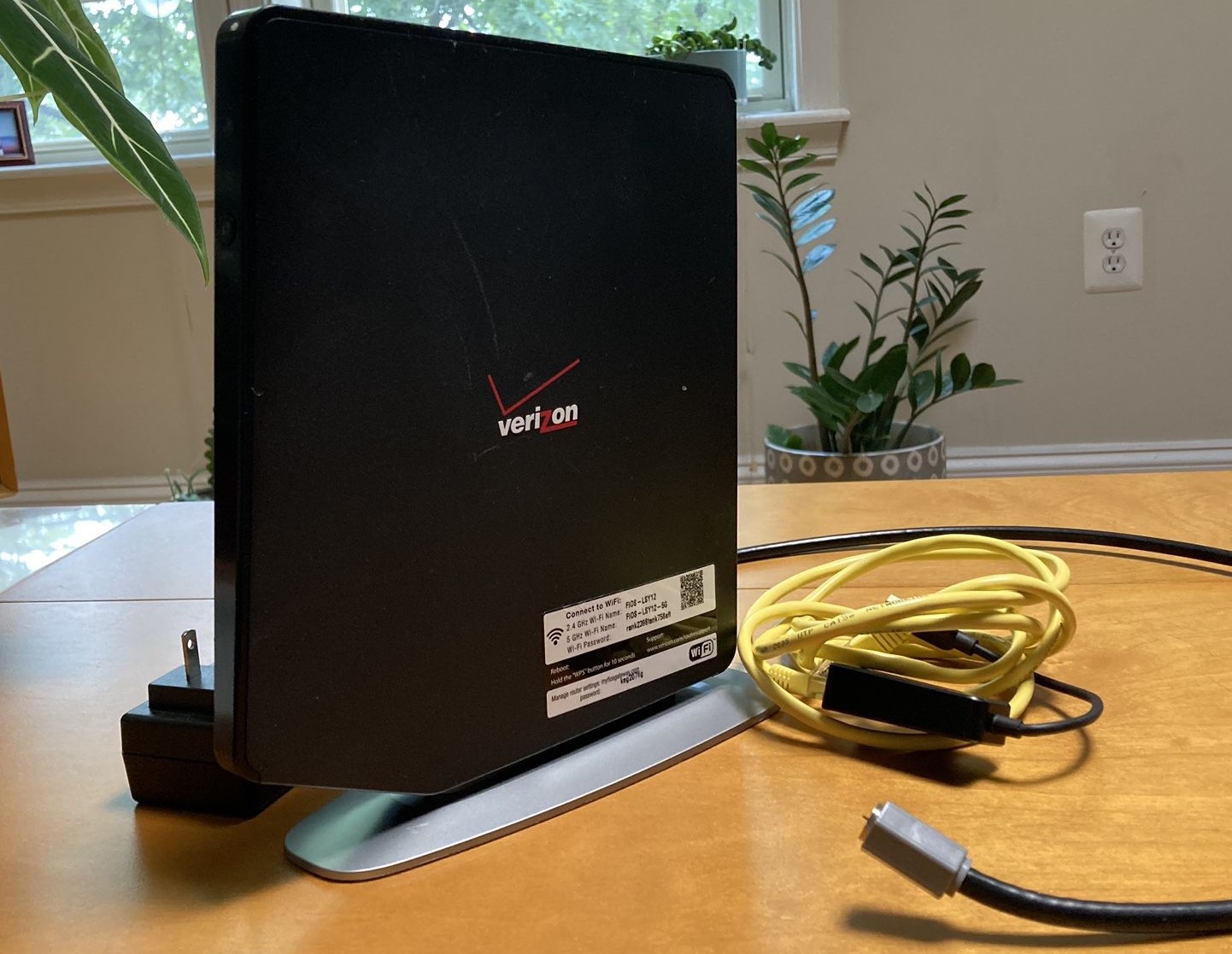
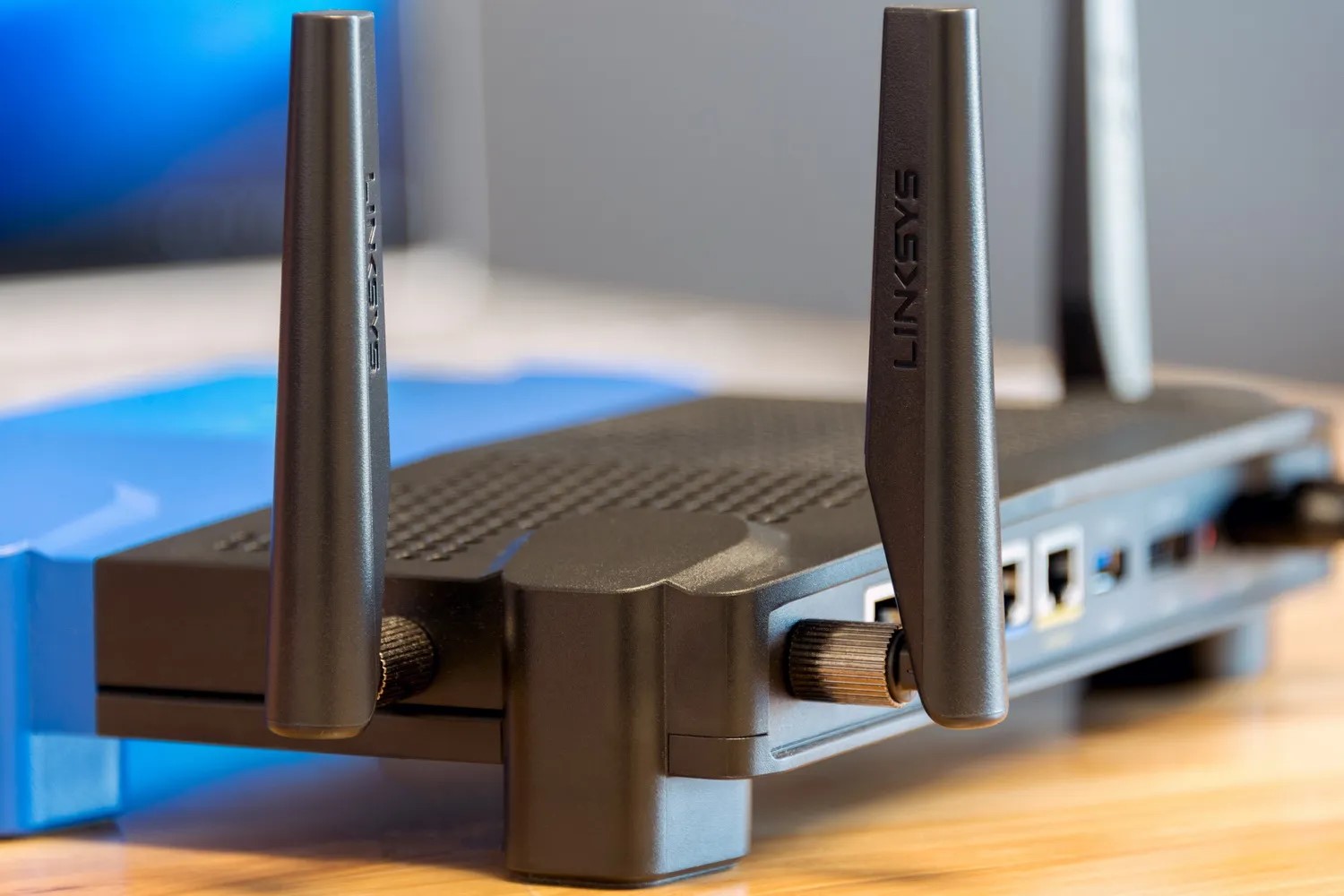
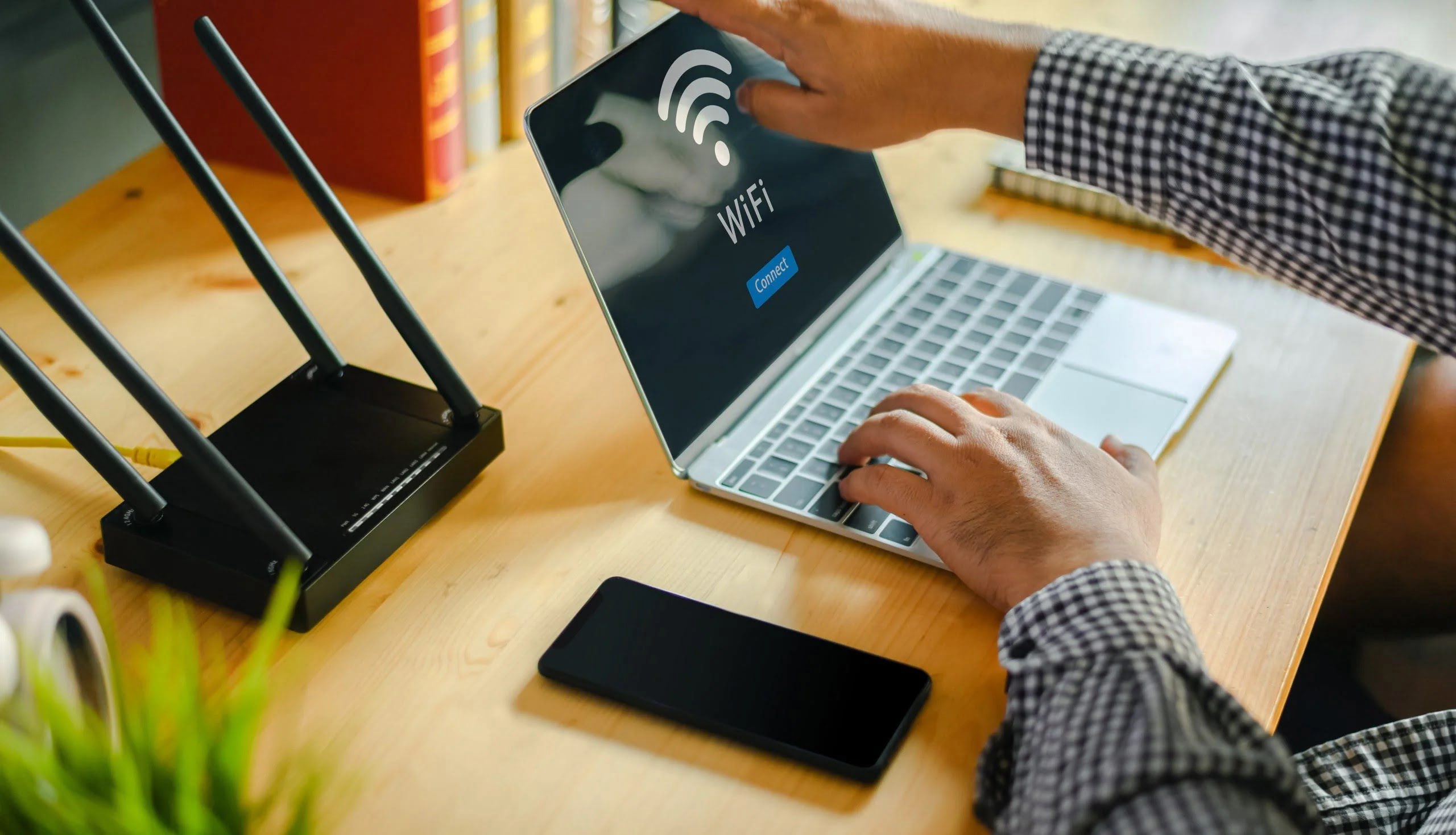
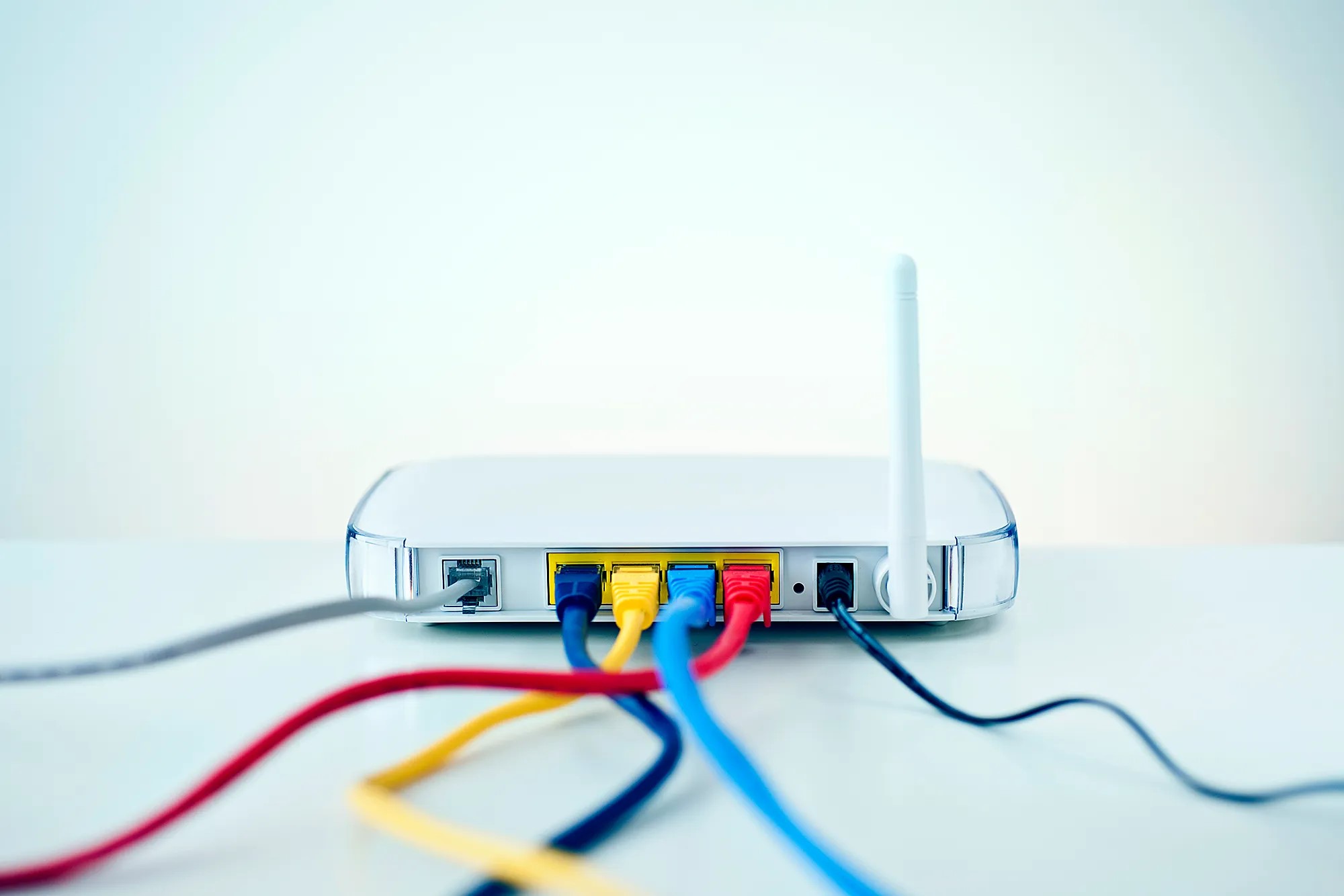
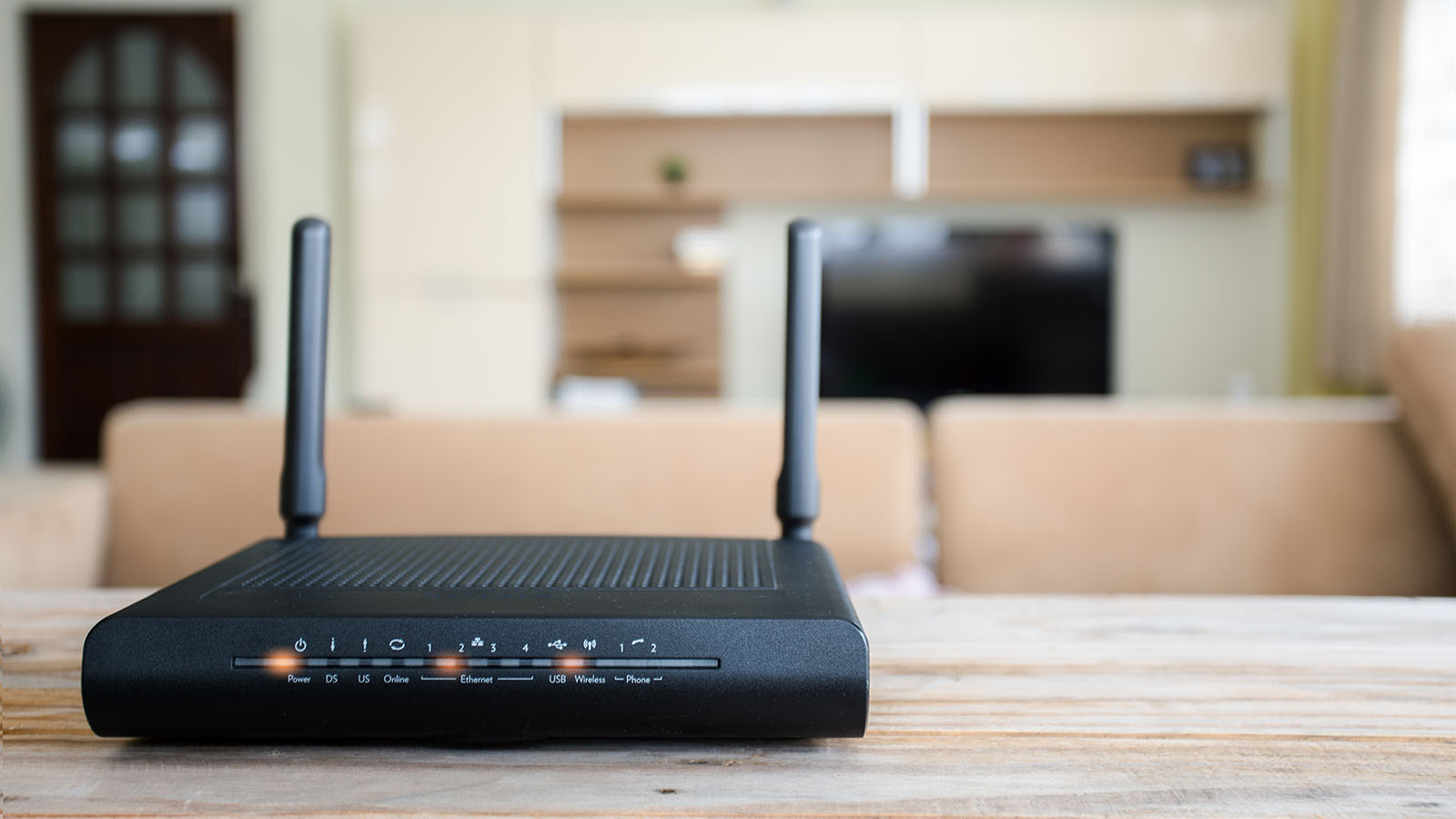
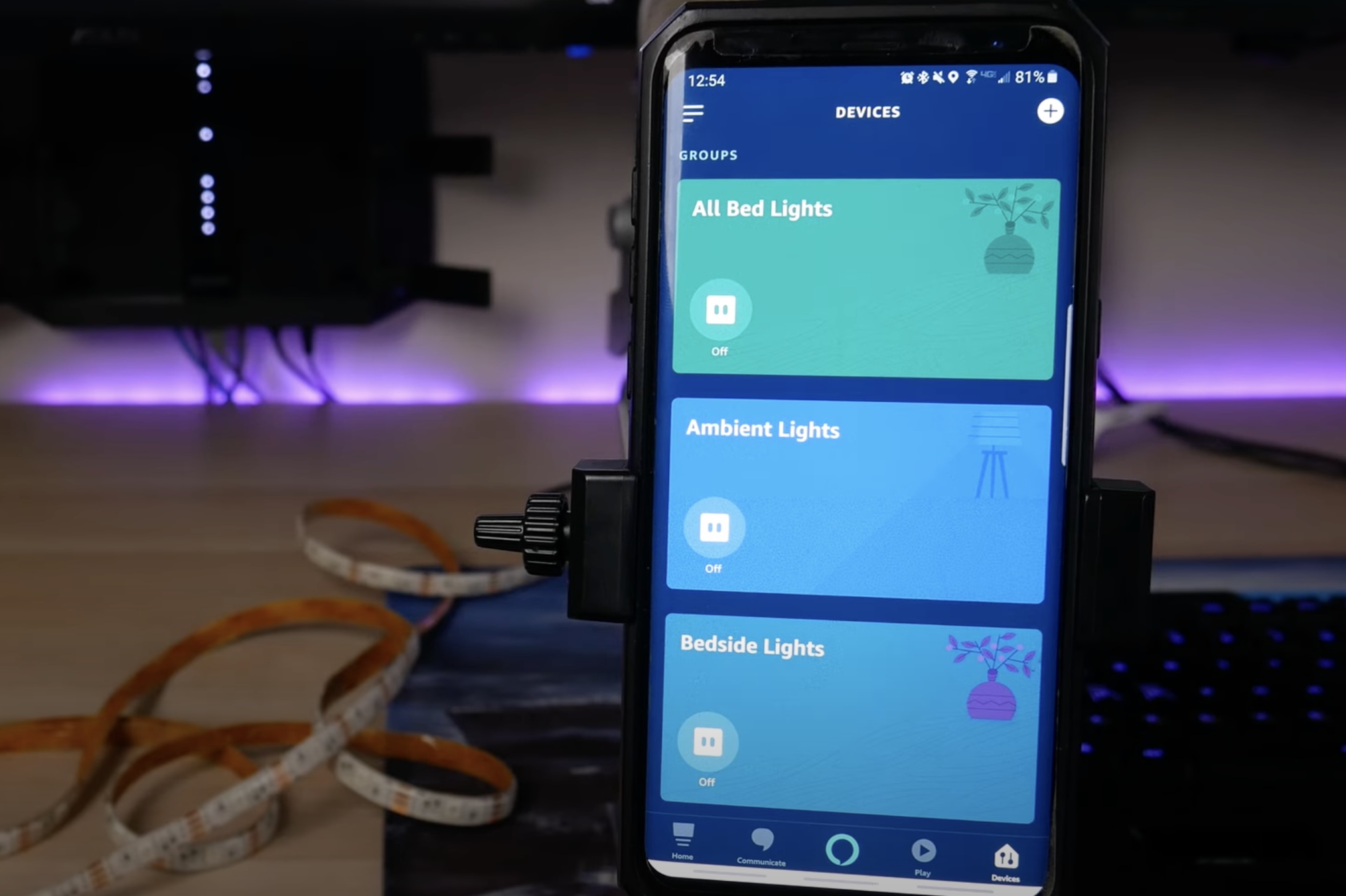
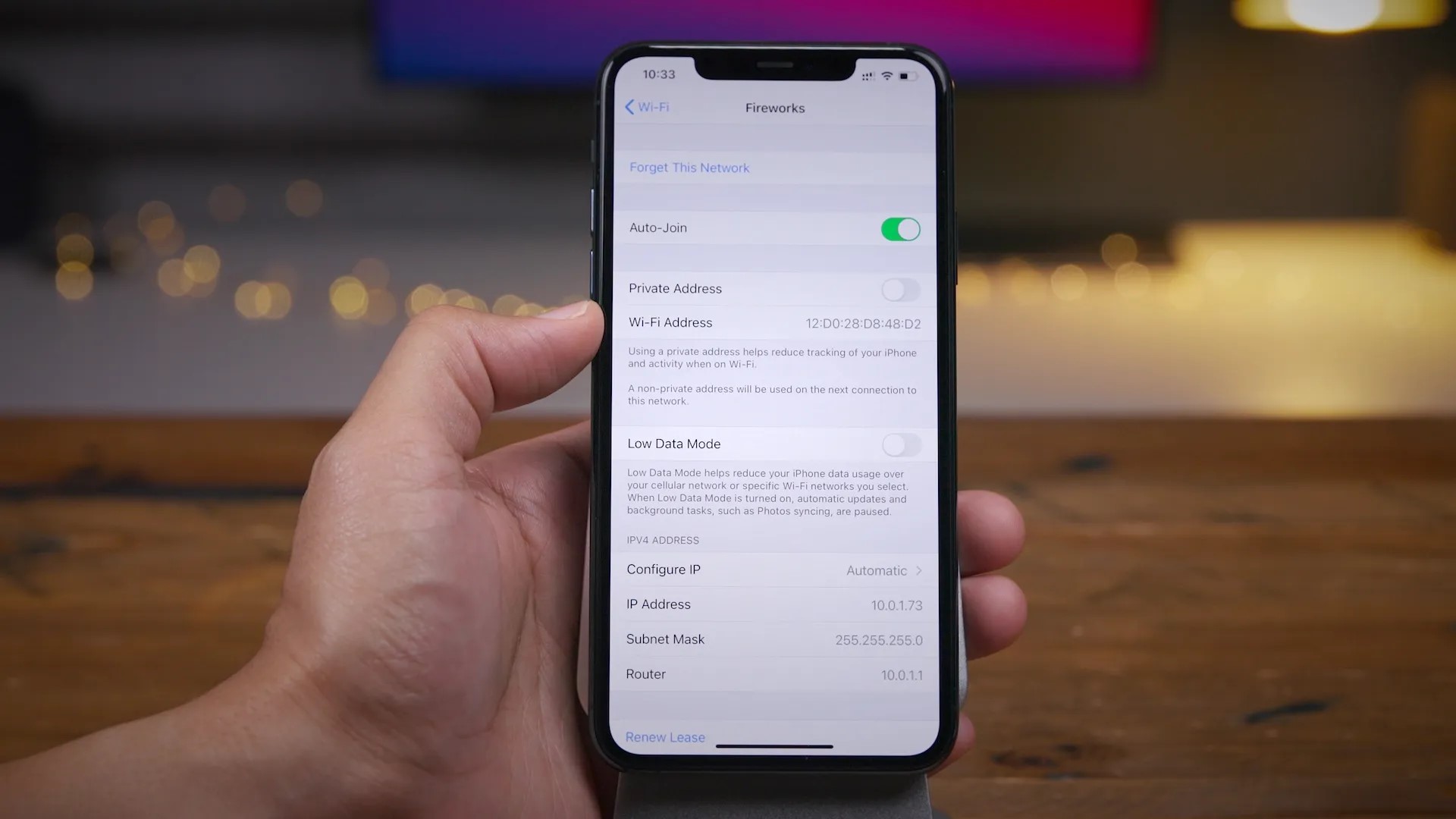
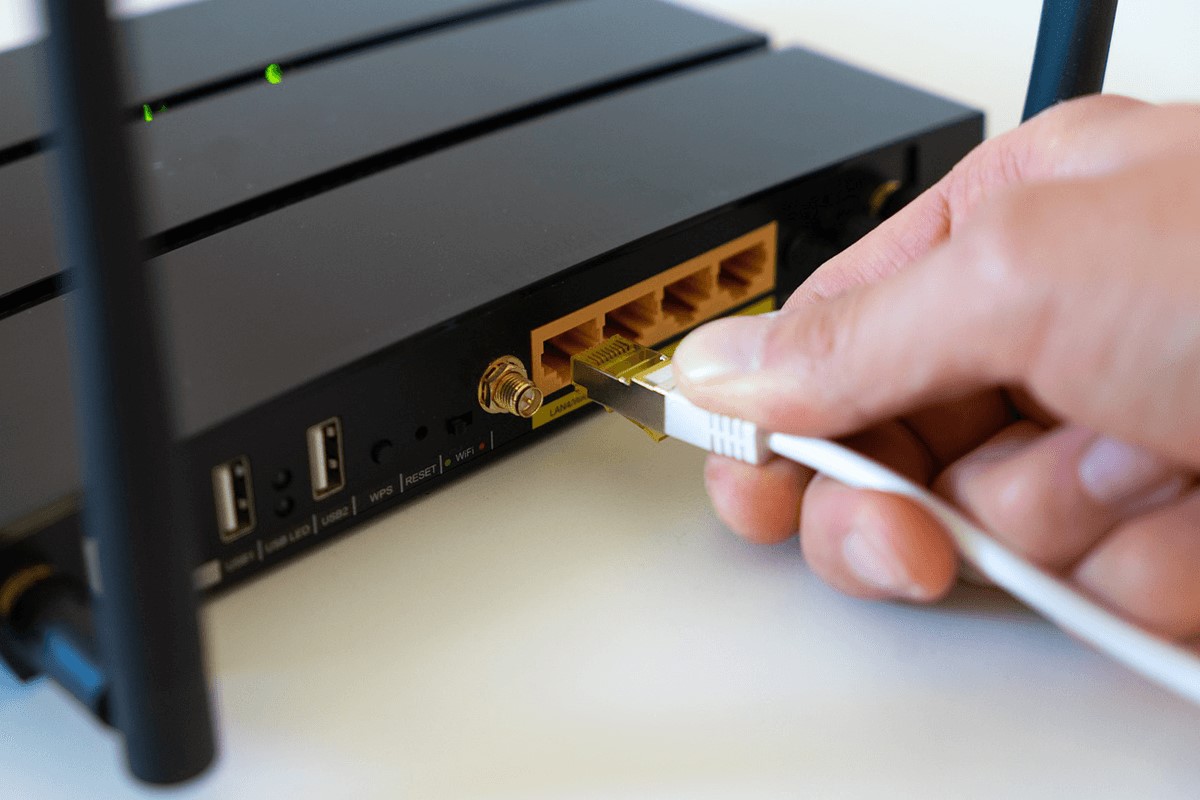

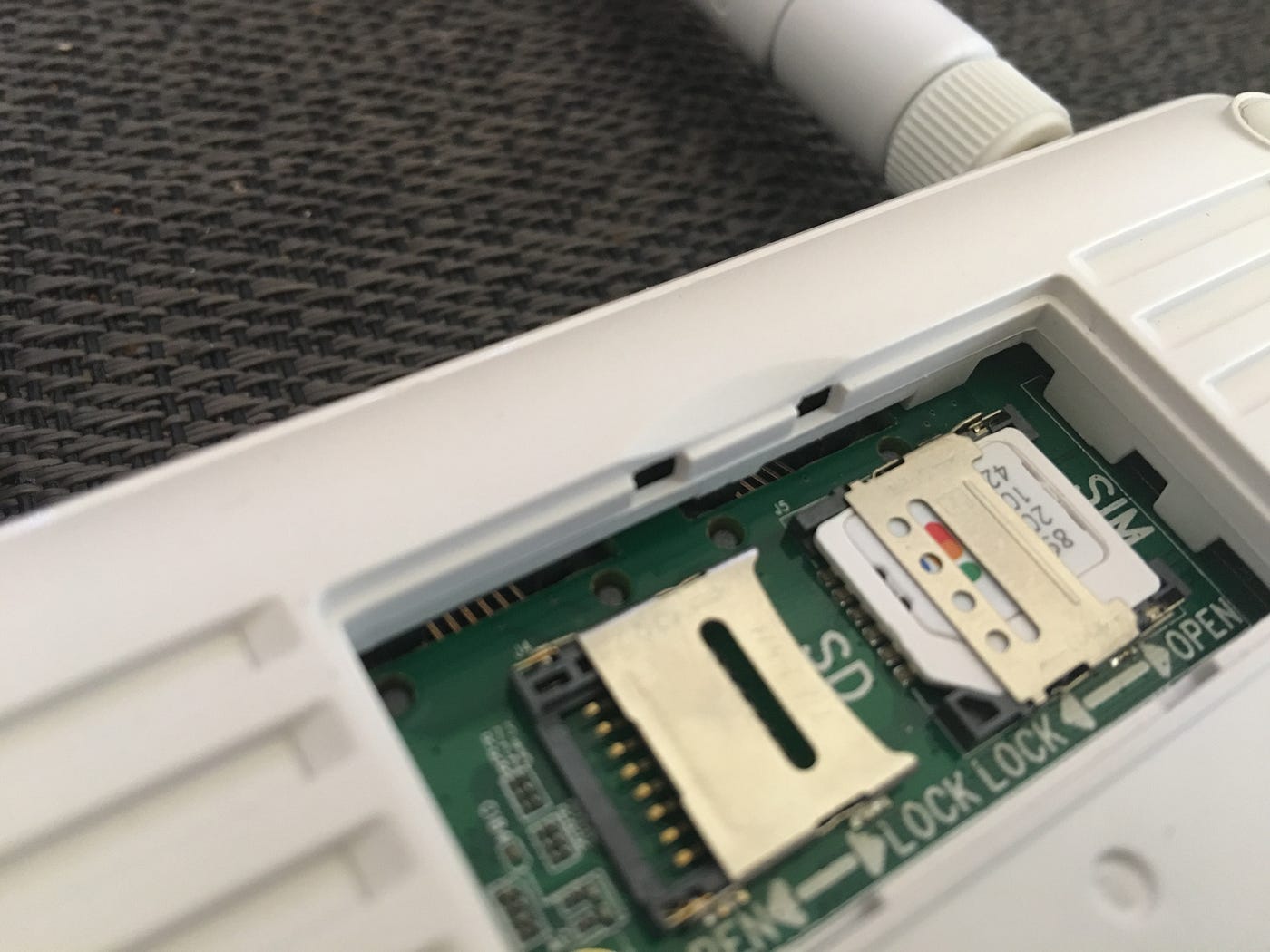
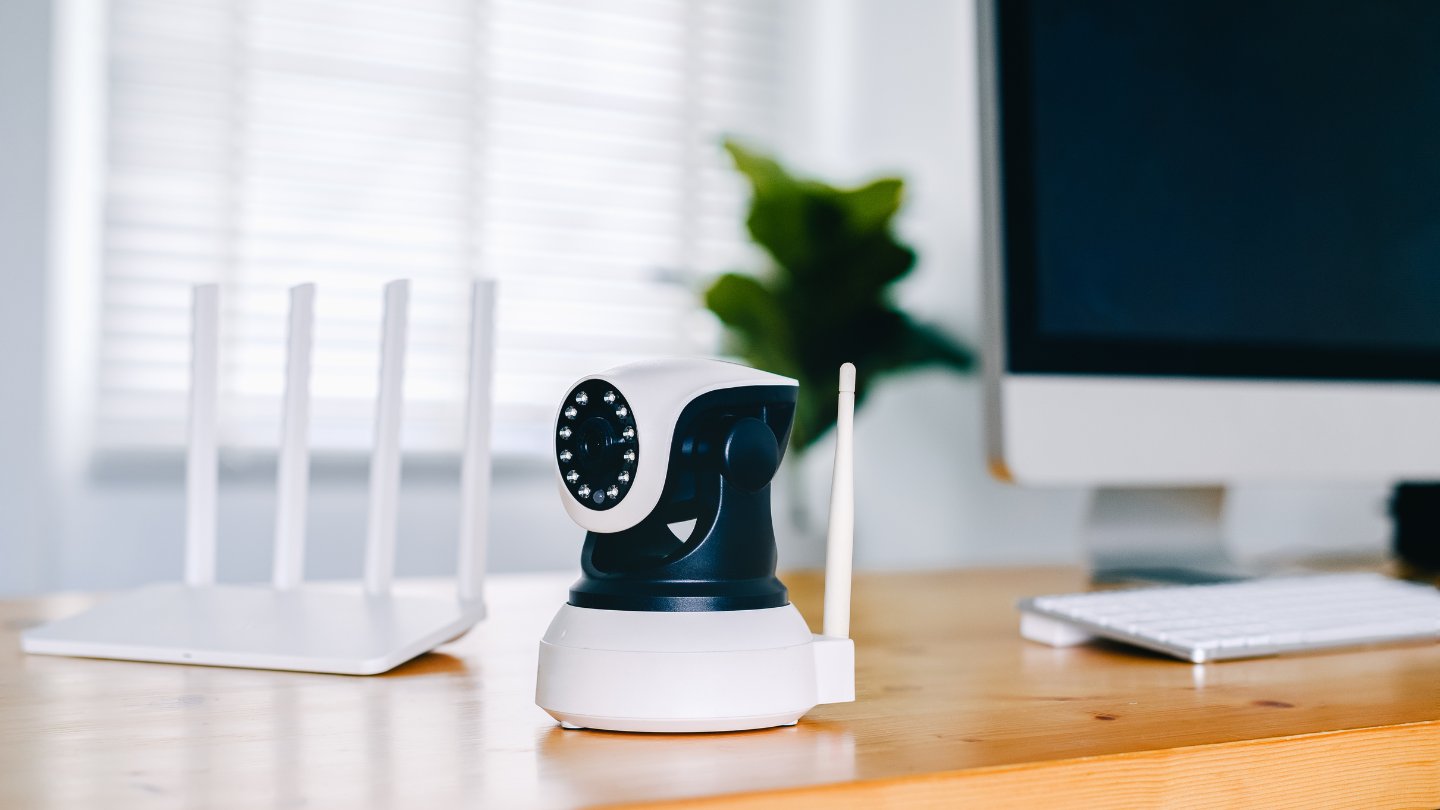
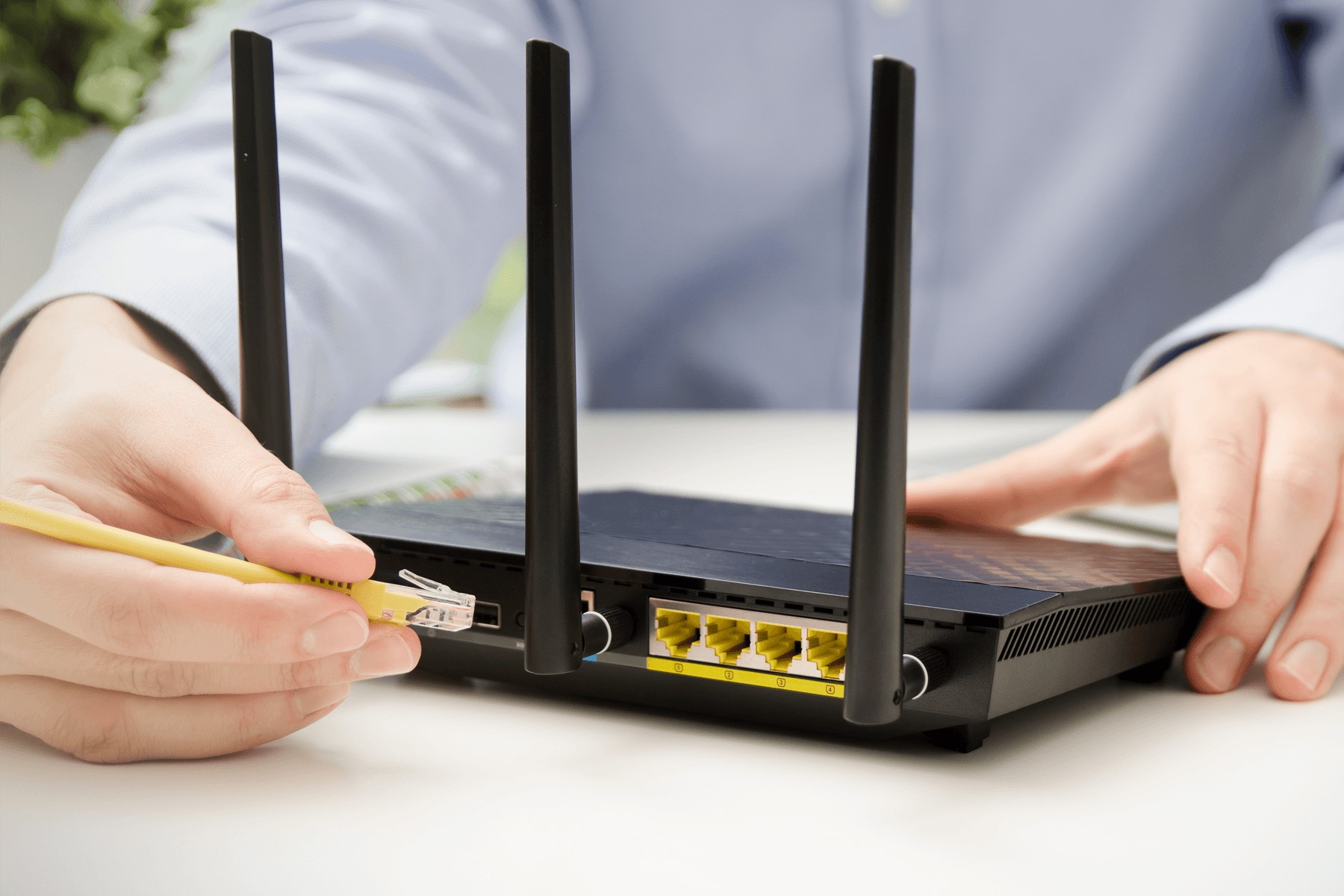

0 thoughts on “How Many Devices Can Be Connected To Wi-Fi Router”